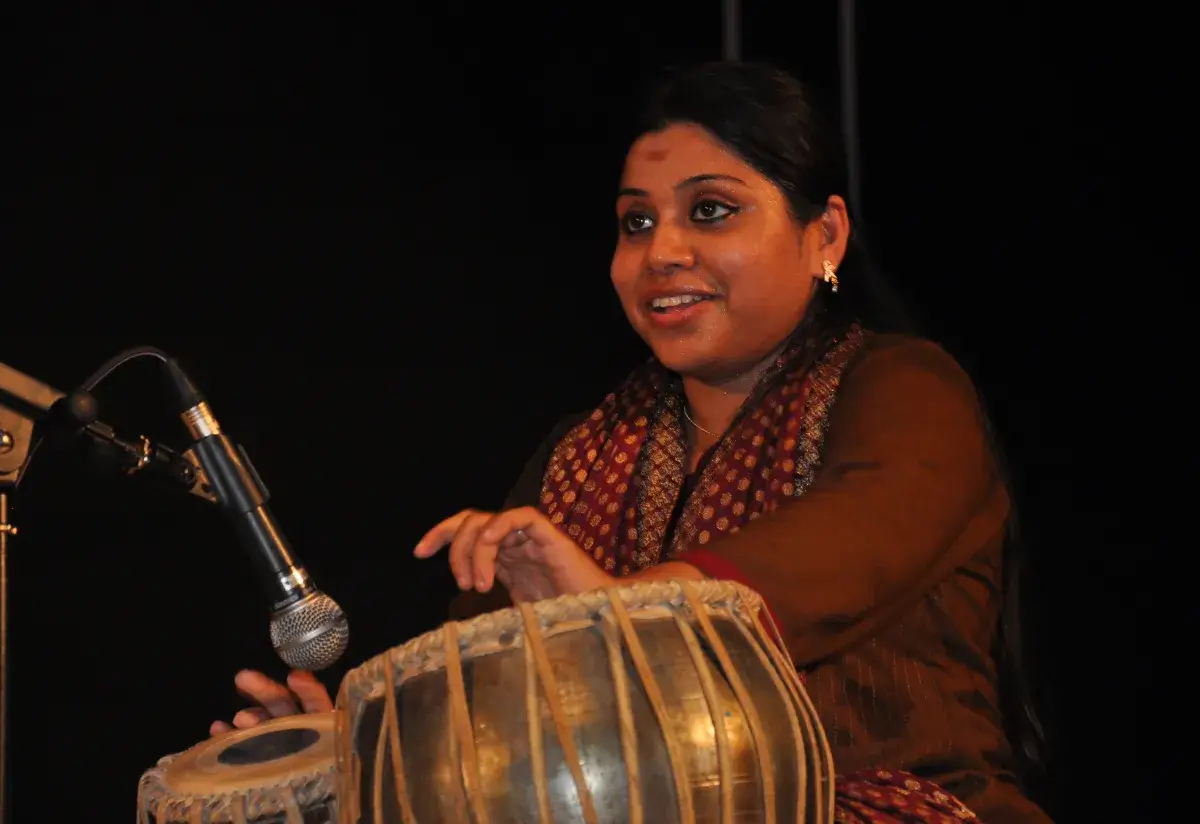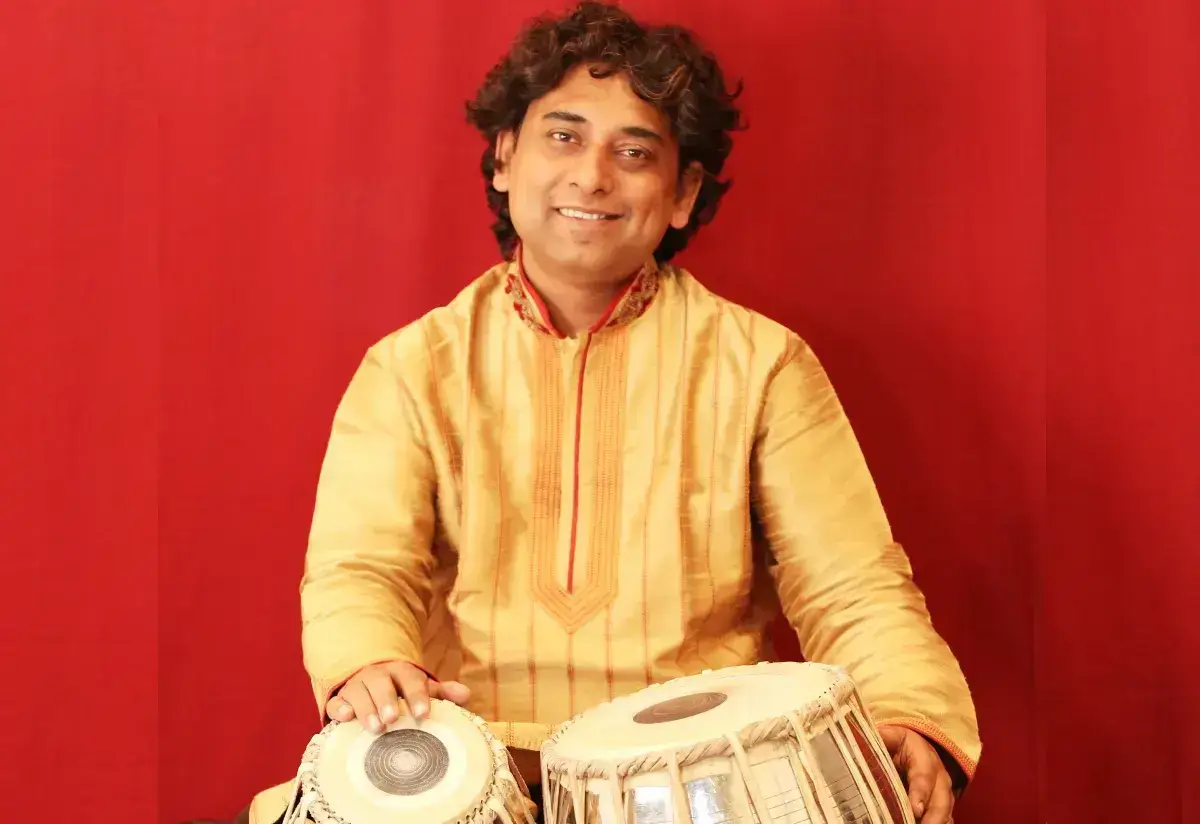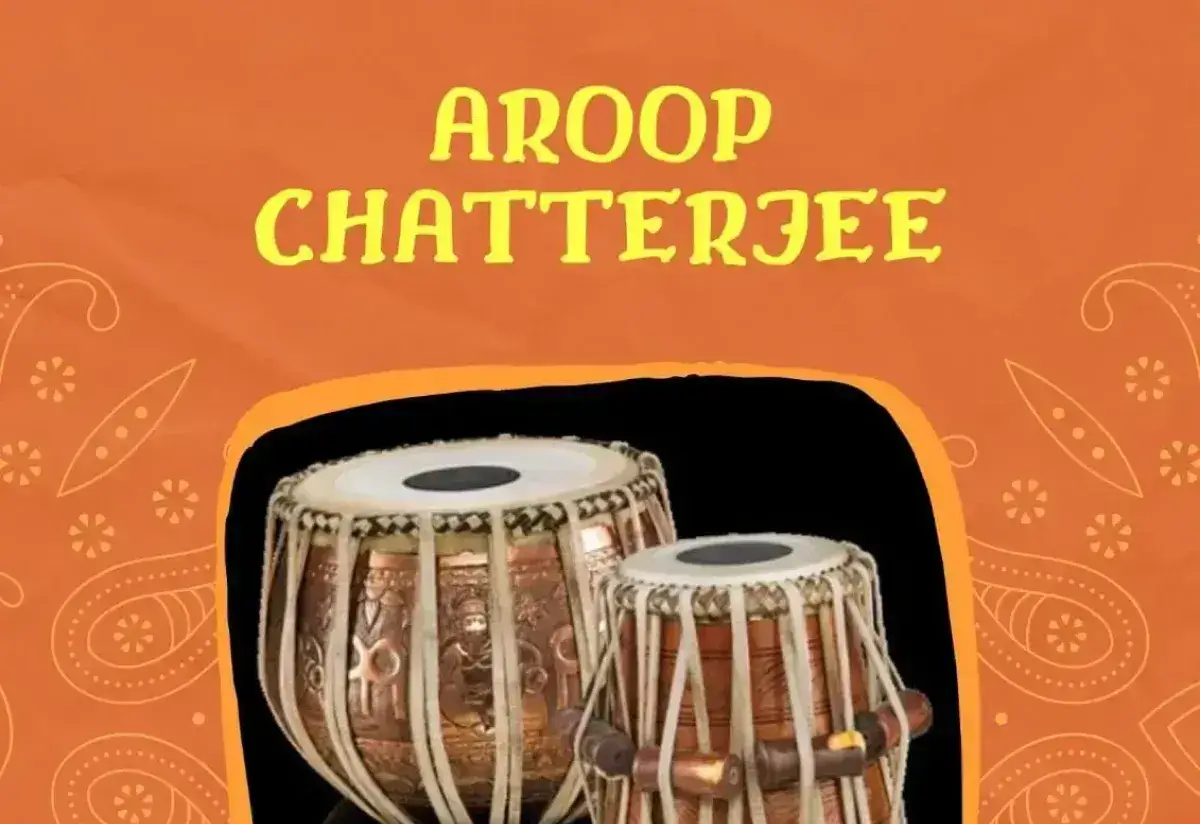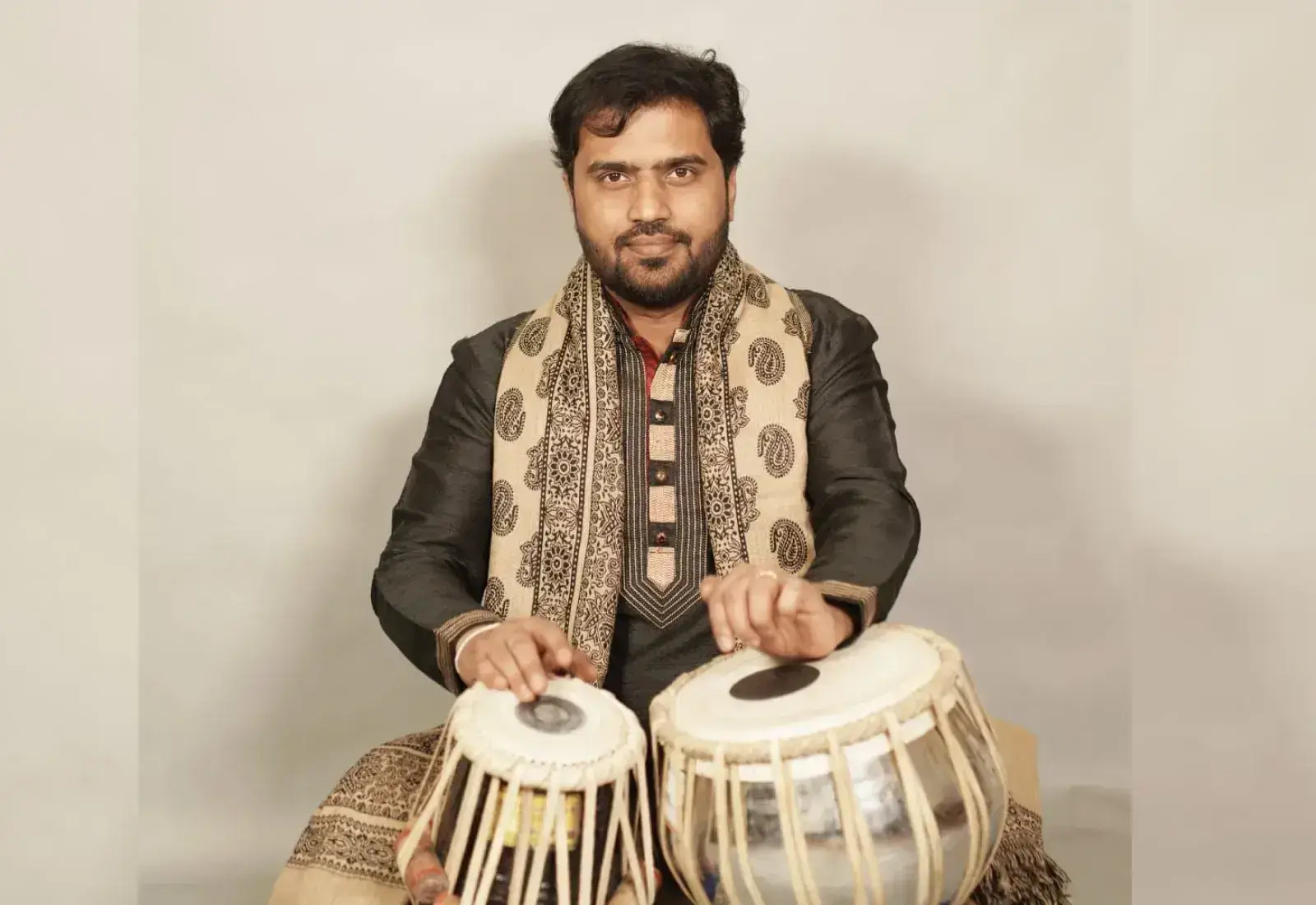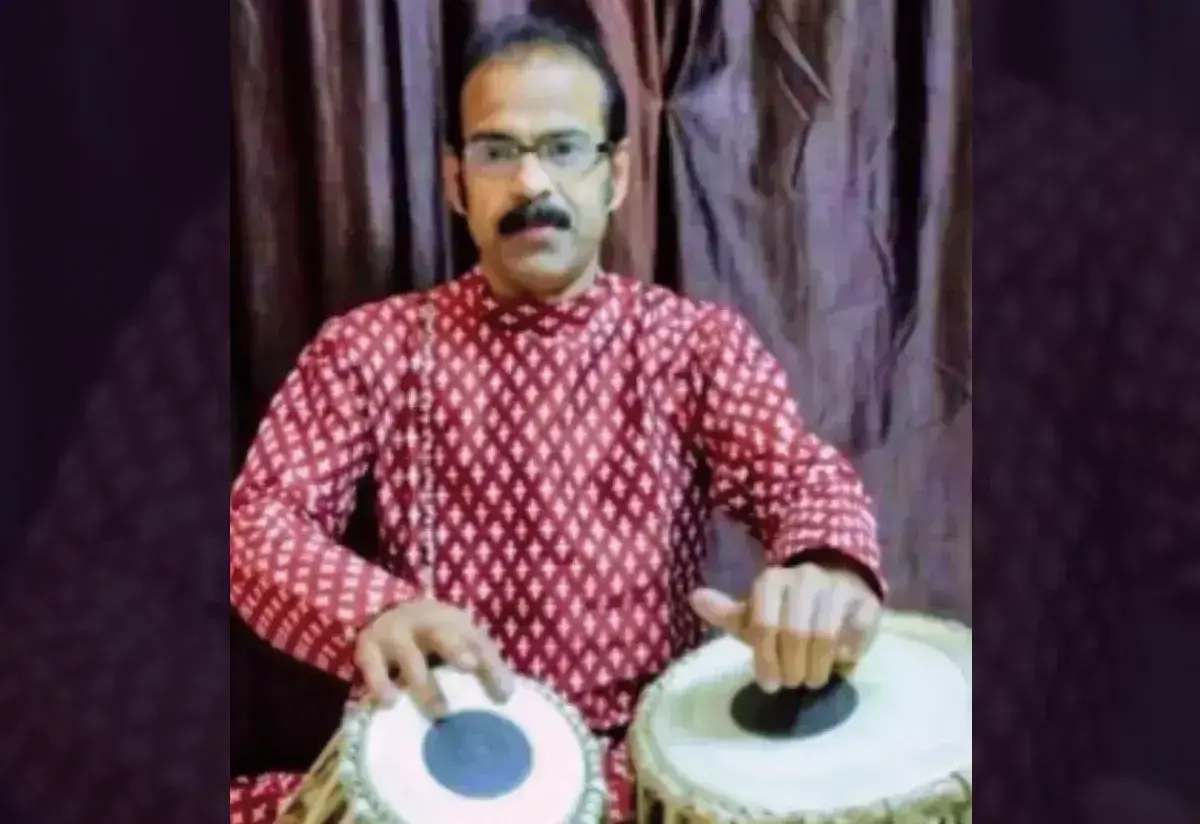6 Tips for Tabla Players
Tabla is one of the most popular Indian rhythmic instruments. Due to its rich tonal & sound technique, its popularity is reaching new heights every decade.
We have seen tabla as a traditional instrument however over the period of time it’s been played and experimented with world genres and that is one of the most important reasons that it has been widely accepted at a global scale.
In our previous blog the early glitches of playing the Tabla, we talked about all the limitations and hurdles that beginners face in their Tabla playing journey. This blog will attempt to address some of that limitations through tips devised by our very experienced Tabla maestro, Alpesh Moharir.
6 Tabla Playing Tips for Tabla Players
1. Finding an Experienced Mentor
2. Understanding the correct posture
3. Understanding the instrument and the tuning process
4. Appearing for competitive exams and participating in competitions
5. Listening to inspiring Tabla players
6. Practise and Perseverance
Deep dive into the tips to play the Tabla in detail:
1. Finding an Experienced Mentor
The majority of the traditional art forms of India have been passed on through the Guru-Shishya Parampara (Teacher-Disciple tradition). This may sound repetitive. However, no matter how many times it is repeated, it is never enough. Finding a good mentor is the be-all and end-all of learning a creative or performing art. And tabla is no exception in this regard.
When small kids are introduced to tabla, their limbs are not completely developed. The same is the case with their learning and retention capacities. A good mentor understands that and guides them accordingly.
They introduce ‘bol’ that is easy for them to retain. In many cases, a teacher teaching four young learners might have to customize the bol as per their receptivity.
Further to the bol, the fingering, and hand-setting, body posture needs a lot of focus. As discussed above, it forms the very foundation of the learning process.
Learning challenges differ with the age of the student. And the teaching methodology changes accordingly.
Also, in the current age of digitization, mentors have to improvise their teaching methodology depending on whether they are teaching virtually or through physical classes.
Although it is easy to demonstrate the techniques in physical classes, the advancement in technology has aided in making virtual sessions effective at par with physical classes. Online lessons have helped enthusiasts overcome time and geographical limitations. In online Tabla classes, teachers can have one-on-one sessions, where they can also customise the learning journeys depending upon the progress of the students. And then ask the students to record their practice sessions and share them with the teacher for their feedback.
2. Understanding the Correct Posture
Many beginners struggle to get good volume and tone out of their bayan. One of the reasons for this is the incorrect assumption that tabla is played with fingers and hands alone – this is not true.
Fingers and hands alone do not have much strength and power. For good tabla playing the ideal technique is to use the muscles of the back and shoulders to generate most of the power, which is transmitted by the fingers and hands to the drum.
If you observe the playing style of trained Tabla players you will see their shoulders (and ultimately the muscles of the upper and lower back) are generating most of the force and power. By contrast, the fingers and hands are relatively relaxed.
One can also note the overall solidity and steadiness of their seated posture. There is very little extraneous movement when they play – only the arms and shoulders are moving. This is another core principle of good tabla playing – efficiency. Making the minimum movements required to play the strokes, while generating maximum power by use of the shoulders and back.
3. Understanding the Instrument and the Tuning Process
The thumb rule to playing any musical instrument is to know its anatomy. Understanding the role of every part of the Tabla will ease up your entire learning process.
Moreover, you should also know how to take care of it. A well-maintained instrument produces the most perfect tones. It is to be noted that the Tabla must be kept at room temperature, even when they are not in use. They must not be kept in cold and damp areas.
You must understand the tuning process very well. While tuning you must never overstretch the skin of the Tabla. The instrument can be tuned to 1-2 scales above or below its original scale.
4. Appearing for Competitive Exams and Competitions
One of the best ways to stay in tune with a strategized way of learning this percussion instrument is to actively appear for competitive examinations and stage competitions (both online and offline). When your mindset is to compete, your brain automatically allows you to keep track of your progress, strengths, and weaknesses.
Also when you are preparing for Tabla exams or stage competitions, you do not miss out on any important concept of Tabla playing.
5. Listening to Inspiring Tabla Players
You must include listening to Ustads like Zakir Hussain, Pandit Swapna Chaudhary, and many other stalwarts as a part of your learning session. No matter how repetitively you follow their performance or recital videos, you will always have something new to learn each time. Be it the correct posture, the finger techniques
6. Practise and Perseverance
When it comes to acquiring a performing skill, there is no alternative to hard work and patience. In music, no one can be like another person. Albeit, performing artists follow senior artists when they start. For example, Lata Mangeshkar followed Noor Jehan, Sonu Nigam followed Mohammad Rafi, and eventually, they identify their unique streak.
Hence, as a new tabla student, you might love to listen to Zakir Hussain. You might want to play the tabla like him. However, do not expect to achieve it too early. This learning curve is infinite. Hence, brace yourself for that. Take small baby steps, one at a time, listen to your teacher and keep practising.
Learning to play the Tabla is an incredible experience!!
Learning Tabla helps to improve the time cycle, tempo, and complex rhythmic structure. Students get the opportunity to learn and understand the melodic part of the musical instrument, and its role in music composition.




